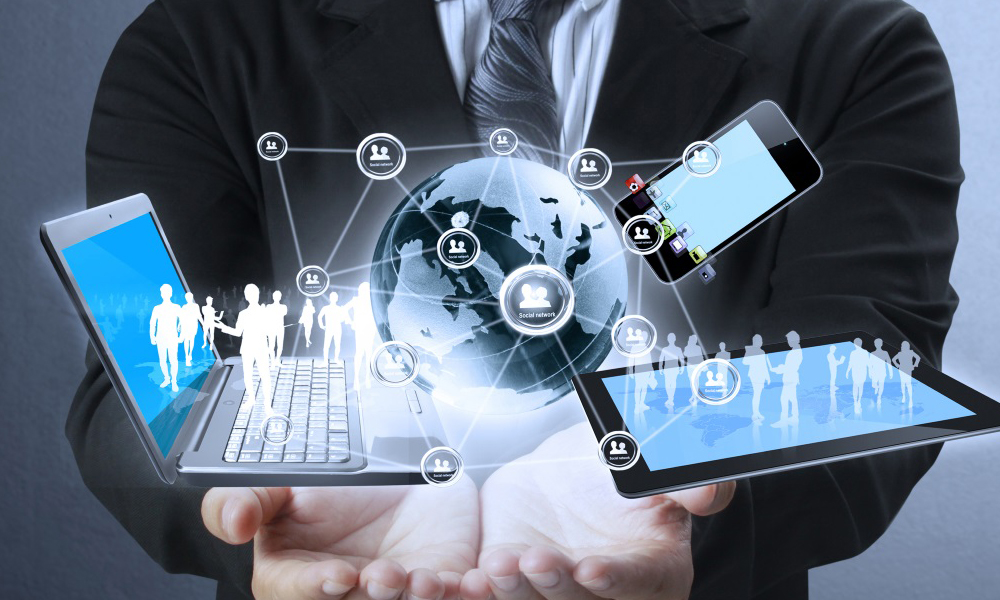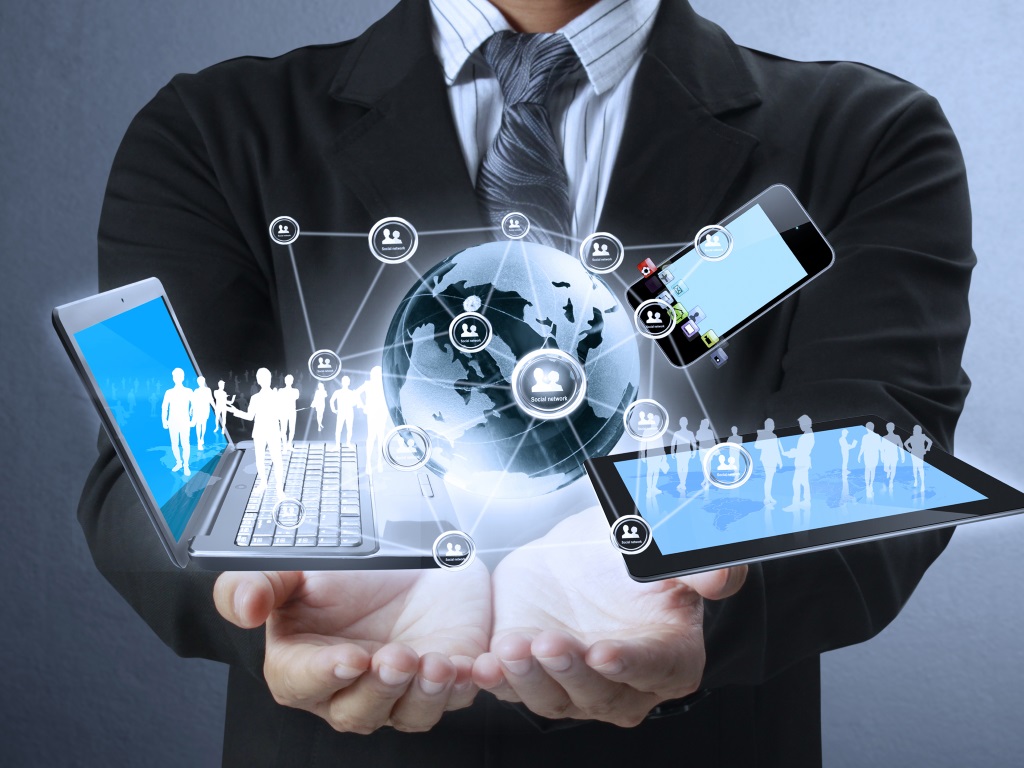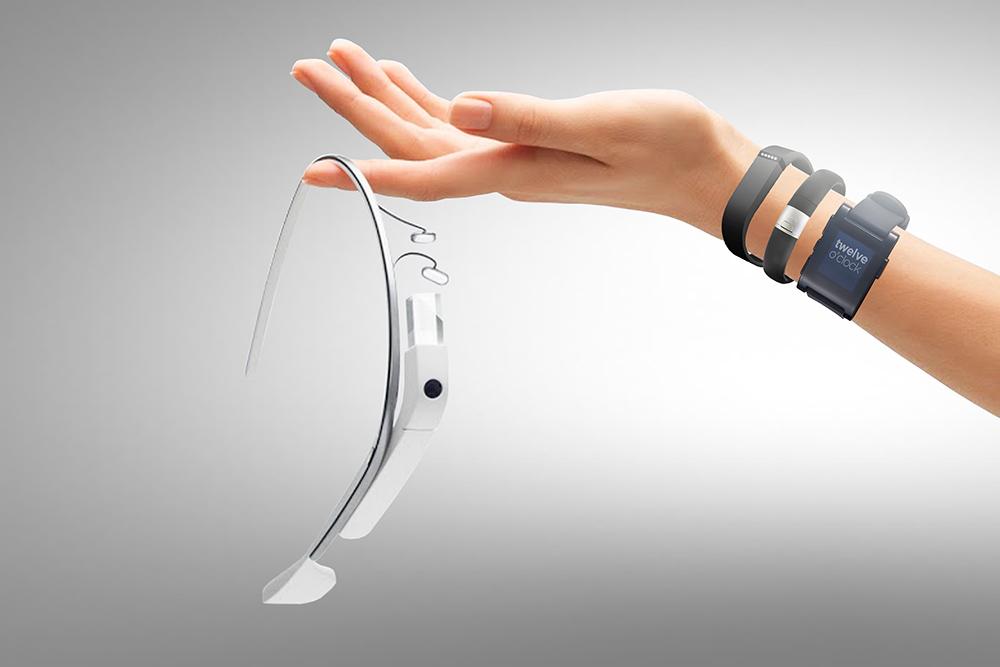I want to cover one of the most important parts of Enterprise Mobility Management (EMM), the user experience. Too often us technical types get hung up on the technical ‘what can it do’ and ‘where in the organization does this fit’ aspects of technology. Sometimes you have to take a big step back and look at it from the user’s perspective. They are used to consumer level iPhone and Android apps. If your solution isn’t as easy to digest for them as the consumer apps they use daily, I promise you they will reject your solution.
A fragmented user experience can easily happen if you build silos of technology. One vendor for this managed by this guy, one vendor for that managed by that guy, etc. Build an ecosystem instead. All mobility products should in some regard be converged. Not all vendors can do that but now many of the big names in EMM are starting to see that. What’s with everyone naming everything Workspace now? They’re finally getting it’s about the user experience and the user’s “stuff” presented to them in one location. When you fracture the user experience by selecting vendors that don’t integrate, that leaves a void. And users will find a way to fill those voids where there is no integration. They are practically trained to fill voids by the very consumer devices they carry. Native phone apps like Apple Maps vs. going out and finding Google Maps, Waze, etc. in the App Store. What voids the manufacturer of their device left out, they’ll find an app for that.
At the moment my career is very Citrix focused. It was VMware for the longest time. And down the road it might be something else. The tech I work on changes, big deal. But users don’t. They drive the business. They drive IT both positive and negative. A data breach happens, IT has to react. Users want BYOD, IT has to react and allow it. IT isn’t about information technology only. Everything we do is end user driven. Whatever the newest disruptive technology is, it’s usually something IT tries to fight at first because they don’t fully understand it or don’t have any clue how to manage it. Then IT finally gives up and tries to react to it because the users demand it.
I blame Steve Jobs for this. This all started with the iPod way back in 2001. That very first iPod softened the masses to the idea of taking their “stuff” with them. Their whole music library in a tiny easy to use device they can walk around with. It taught users what mobility is. In 2004 iPods began to dominate the market because Apple listened to guess what…their users…and released iTunes for Windows. Now all of a sudden iPods were compatible with everyone’s systems. The iPhone was released in 2007, the next natural progression for mobility, take your music and everything else with you in a single device. Enterprises were shaking in their boots. Users wanted corporate email on the their shiny new personal iPhones but companies were still pushing Blackberry and BES and totalitarian control over the devices. And what did users do, they forced the enterprise to change. Change their policies and change their way of looking at user devices. Tada, BYOD was born and if you couldn’t get iOS, Android, and Windows phones working with your email system securely, you soon would be.
My advice to Enterprises looking into EMM is probably a bit unconventional. I believe anything in the Mobility space should be driven by consumer services more so than enterprise services. Watch the big boy services like Facebook fail and lose user base because of horrible UI. Incomprehensible privacy settings. Useless timeline drivel. Users are actively seeking out others ways to satisfy their social media needs just like they find a way to get around every enterprise block you put in place. Users are far more tech savvy these days than they were 5 years ago. Watch the consumer market closely. Let’s say you want to setup enterprise file share and synch. Let Google Drive and Dropbox duke it out. Watch why users pick one service over another. Consumer IT is the biggest form of UAT we have. You get all those valuable UAT cycles by merely watching what the consumer industry is doing. Then build the same type of winning service within the Enterprise and watch your users flock to it. You can’t take away a consumer level service they are used to and offer them nothing in return. In this age of hyper converged storage and infrastructure, think of enterprise mobility as the ultimate hyper convergence. The converging of personal and corporate user experience. To the user, this should be absolutely seamless.
Have you thought about Wearable technology and EMM yet? You will be soon. The Wearable devices space right now is so new, no one knows what’s going to happen. Even the manufacturers don’t know what to do. Square face or round for your watch? Rubber strap and AMOLED or metal strap and LCD? Let Google and Apple duke out what works and what doesn’t. Does the user what info driven from their phone or should it be a standalone device? Do they want interactive apps or informational notices? Do they want it auto filtered/smart filtered or an avalanche of info coming to it all the time? Do they want location aware info? How about task aware? Example, I’m in a sales meeting with Bob and Susan and the fact that Bob just had a kid was auto-skimmed from a LinkedIn post and it is beamed to my watch and I now engage Bob on a personal front about this new baby and thus build a repertoire I otherwise wouldn’t have been able to? How about habit based? I get coffee and stop by Mark’s office to chat every morning. I want football scores and last night’s TPS reports around this time every day so I can talk to Mark about it so it automatically pops up on my watch. Who knows what’s going to happen. No one can predict it right now. The User Experience folks at Apple, Google, Samsung, etc. are working hard to try and guess what the user wants. What is not disruptive to the user and actually adds value to their lifestyle. IT has to think the same way and apply the same concept to the “workstyle”. Lifestyle and workstyle should essentially be the same experience to the user.
Be wary of EMM vendors selling technology and no long term vision. They’re playing catch up. They are reactionary. One of their competitors does it, so then they start looking into how they should implement it within their own solution so they stay competitive. Avoid those that don’t see the bigger picture which is full blown ecosystem accessible and functional in some regard from the largest to the tiniest screens. We’re not in the age of pocket devices and smartphones anymore. That’s old news in the EMM space. We’re entering a new age of wearables. Those little watches, glasses, etc. are all eventually gonna be sold by Verizon, AT&T, etc with 4G/LTE connectivity in a few years. But they won’t have the processing power. They won’t be easy to interact with, but users will demand it. We don’t live in the Tony Stark age touching holograms with a Jarvis like mainframe driving it all. We’re still taking baby steps. So until then the Datacenter will be the processor, 4G the transport, and your EMM solution the delivery mechanism. What we stream in from the datacenter and can provide on the tiniest screen will be the future of wearable computing and future of EMM in my opinion. Yeah not everyone is ready to wear goofy glasses on their face yet but people will be lining up for watches because it’s not disruptive to their lifestyle. It simply adds value.
Next year once the Apple Watch is released, we might see a good number of folk be the early adopters and buy the gen 1 device. And a year after than when the gen 2 device is out, people will stampede to it just like they did with the iPod and iPhone. And what will users do next? They’ll ask for their corporate “stuff” on their watch right next to their Gmail app. For those early adopters of wearable devices, swipe swipe swipe Gmail….swipe wipe swipe corporate mail. You know that’s not gonna fly. Users are going to demand something much more fluid on that tiny screen. One click access to each one or user will reject it and find some consumer level app that displays email and IM better and suddenly you’re network is exposed on another front. How you manage to get corporate info to flow on to the tiniest screen will become the biggest challenge in the next few years.
I always love to talk security so I can’t leave that out. What about MDM (mobile device management) for wearables? Just the other day I had a co-worker showing off his Android Wear watch. While another co-worker was talking to him, the watch picked up on this second co-worker’s foreign accent and began to display info on the country the accent was from. Can you imagine what this will mean for the corporate work place? Intellectual property, previously air gapped SCADA systems (supervisory control and data acquisition) or ICS (industrial control system) info, trade secrets, etc. are all exposed to the cloud by merely speaking about them out loud! These wearables may have NFC (near field communication) so what does this imply for air gapped systems or badge readers? Do see how EMM vendors have to start planning now how to tackle and innovate in this space before wearables go fully mainstream and leak into the corporate world? You want to pick the EMM vendor that is already preparing and planning for this scenario. No, no one is going to connect a bluetooth mouse to his watch and attempt to use a virtual desktop on it right this second. But they will try at some point, someone always does. And you have to be prepared to manage that experience and anything else your users and the consumer world throw at you.
At the end of the day, when you fracture the user experience by selecting vendors that don’t integrate, you will leave your users wanting to find ways to fill voids where there really shouldn’t be any in the first place or they will outright reject your solution. If choose a vendor that isn’t already considering what’s on the horizon with “disruptive” technology like Wearables, then you need to start asking them those questions. Be proactive and watch the what’s going on with consumer devices and consumer services. Your goal should be to become a master on how to provide an Enterprise “Workstyle” that matches the user’s “Lifestyle”.









Mataheen
February 25, 2015 at 5:49 AM
very informative.. sometimes scary to think where this technology is going..
Kjohnson
April 20, 2015 at 1:30 PM
The problem is too much dependency on Windows of all things. Once we get rid of Windows and use web based apps that leverages standards then we can have portability of data. Biggest prob is trying to get windows based apps and data to sync with non windows software. How ridiculous it is today we use so much middle ware just to move windows + data to other systems. Successful tech companies today are not limited to windows.